Expanded Polystyrene (EPS), ubiquitous in our daily lives, serves as a cornerstone material in packaging, construction, and insulation. Yet, amidst its versatility lies a critical factor often overlooked: its melting point.
In this article, we delve into Expanded Polystyrene Melting Point, probing the depths of its heat resistance and exploring the boundaries of its endurance.
What Is Expanded Polystyrene (EPS)?
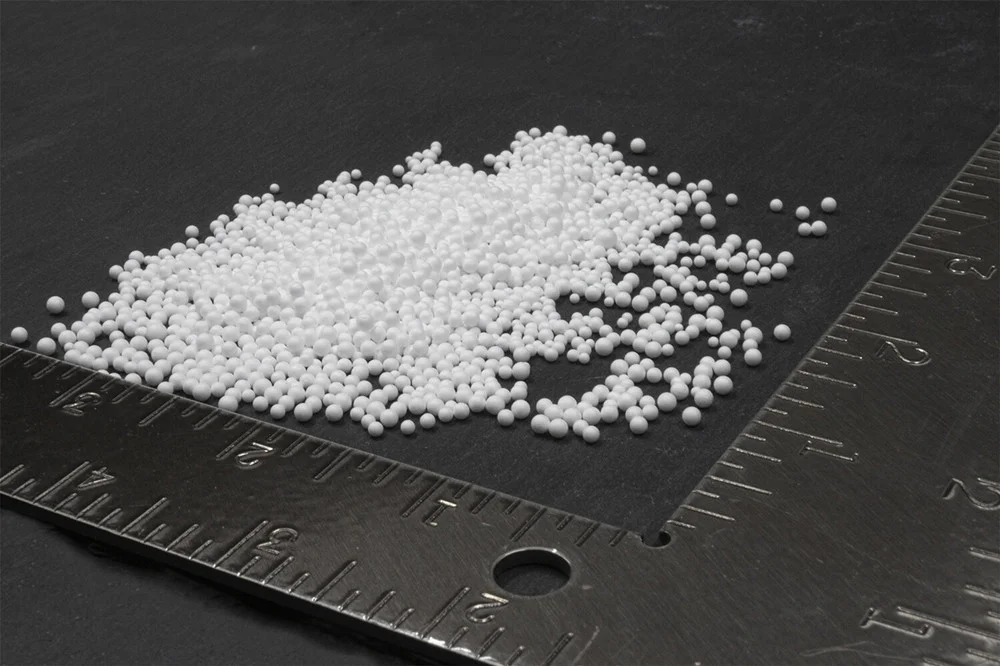
Expanded Polystyrene (EPS) is a lightweight plastic material known for its excellent insulation properties. It’s created by expanding polystyrene beads, resulting in a cellular structure filled with air pockets. EPS is widely used in packaging, construction insulation, and various other applications due to its low density, strength, and thermal insulation capabilities.
What Is Expanded Polystyrene Melting Point?
The melting point of Expanded Polystyrene (EPS) typically falls within the range of 90°C to 105°C (194°F to 221°F).
However, it’s important to note that EPS does not technically “melt” like metals or some other plastics. Instead, it softens and begins to lose its structural integrity when exposed to heat, eventually turning into a viscous liquid.
This temperature range is significant in applications where EPS products may encounter heat sources, helping to prevent deformation or damage.
Affecting Factors Of Expanded Polystyrene Melting Point
Density: indicating mass per volume, impacts expanded polystyrene melting point. Lower-density EPS foam correlates with reduced melting points due to increased air voids, a primary factor leading to decreased melting points.

Morphology: Morphology encompasses EPS foam’s shape and structure, featuring two pore types: open-cell and closed-cell. Open-cell pores possess channels, while closed-cell pores lack them. Closed-cell EPS foam typically exhibits a higher melting point due to its compact structure and slower heat transfer rate, necessitating a higher temperature for melting.
This arises from the reduced permeability of closed-cell foam, impeding heat transfer and elevating the thermal resistance. Consequently, closed-cell EPS foam demonstrates enhanced thermal stability compared to open-cell variants, making it advantageous in applications requiring heightened heat resistance.
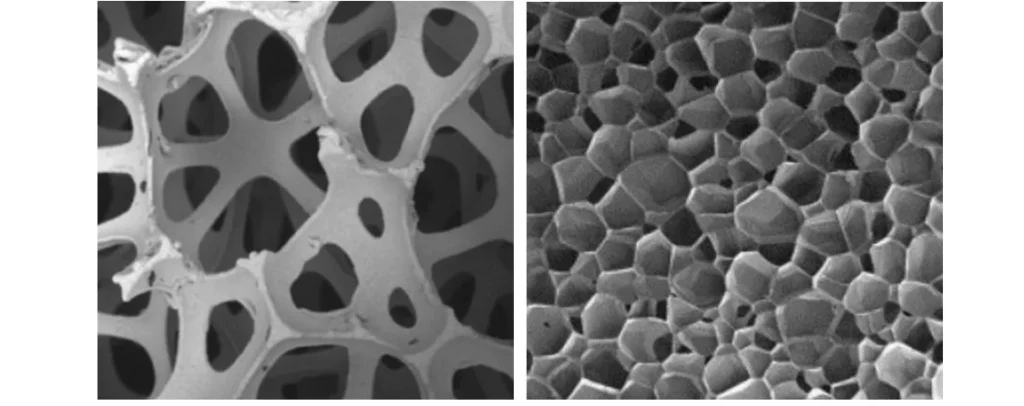
Molecular Weight: Polystyrene with higher molecular weight tends to have a higher melting point because of stronger intermolecular forces.
Additives: The inclusion of additives, such as flame retardants or reinforcing agents, can alter the expanded polystyrene melting point.
Thermal History: The processing conditions during EPS production and any previous exposure to heat can affect its melting behavior.
Environmental Conditions: Humidity, atmospheric pressure, and other environmental factors can influence expanded polystyrene melting point, albeit to a lesser extent.
How To Test Expanded Polystyrene Melting Point?
Preparation: Begin by obtaining EPS samples of uniform size and shape. Ensure that the samples are clean and free from any contaminants that could affect the test results.
Experimental setup: Set up a heating apparatus capable of providing controlled and gradual heating to the EPS samples. This could be a hot plate, heating mantle, or similar equipment.
Temperature measurement: Use a thermometer or temperature probe to monitor the temperature of the heating apparatus accurately.
Heating process: Place the EPS sample on the heating apparatus and start heating gradually. Increase the temperature at a controlled rate, such as 5°C per minute, to prevent rapid thermal shocks.
Observation: As the EPS sample heats up, observe any changes in its physical properties. Look for signs of softening, deformation, or structural changes.
Melting point determination: The melting point is reached when the EPS sample undergoes a noticeable change, such as becoming soft and losing its shape. Note the temperature at which this occurs as the melting point of the EPS sample.
Repeat: For accuracy, repeat the experiment with multiple EPS samples and take an average of the melting points obtained.
Analysis: Analyze the results and compare them with known values or standards to validate the accuracy of the test.
What Is Expanded Polystyrene Heat Resistance?
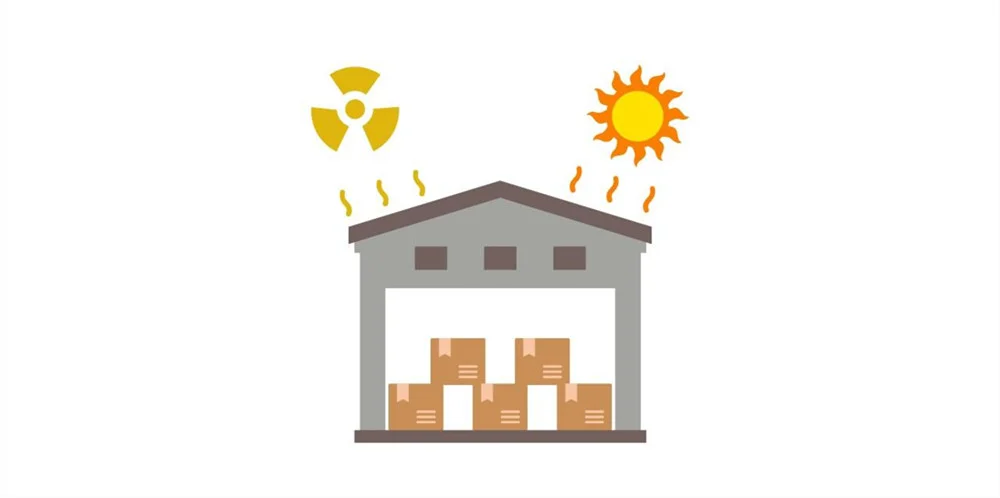
Expanded Polystyrene (EPS) exhibits moderate heat resistance, typically softening and deforming at temperatures ranging from 90°C to 105°C (194°F to 221°F). However, EPS does not technically “melt” like metals or some other plastics; instead, it undergoes a transition from a solid to a viscous state as it reaches its softening point.
While EPS can withstand brief exposure to moderate heat, prolonged or intense heat exposure can cause it to deform permanently or even ignite. Therefore, it’s essential to consider EPS’s heat resistance when selecting materials for applications where heat exposure is a concern. Additionally, various additives or treatments can be incorporated into EPS to enhance its heat resistance for specific applications.
The Relationship Of Expanded Polystyrene Melting Point And Heat Resistance
The expanded polystyrene melting point is closely linked to its heat resistance. Generally, EPS softens and deforms when exposed to heat, with its melting point typically falling between 90°C to 105°C (194°F to 221°F). While EPS exhibits some heat resistance within this range, it’s important to note that prolonged exposure to elevated temperatures can cause permanent deformation or even ignition.
Expanded polystyrene melting point serves as a critical threshold for understanding EPS’s behavior under heat. Below this point, EPS retains its structural integrity, but as temperatures approach or exceed the melting point, it becomes increasingly susceptible to softening and deformation.
Therefore, in applications where heat resistance is paramount, it’s essential to consider EPS’s melting point and select appropriate materials or employ additional measures to mitigate the effects of heat exposure.
Applications Of Expanded Polystyrene Melting Point
Understanding the expanded polystyrene melting point is crucial for various applications where heat resistance is a concern. Some key applications include:
Packaging:
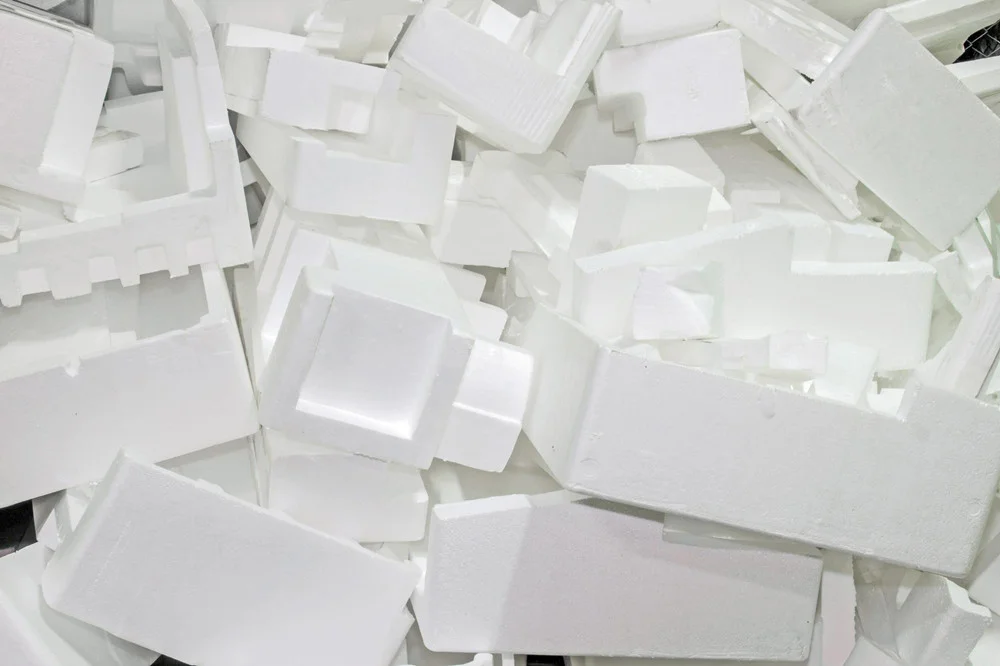
EPS is commonly used in packaging fragile items such as electronics, glassware, and pharmaceuticals. Knowledge of its melting point helps ensure that EPS packaging maintains its structural integrity during transit and storage, even when exposed to moderate heat.
Construction:
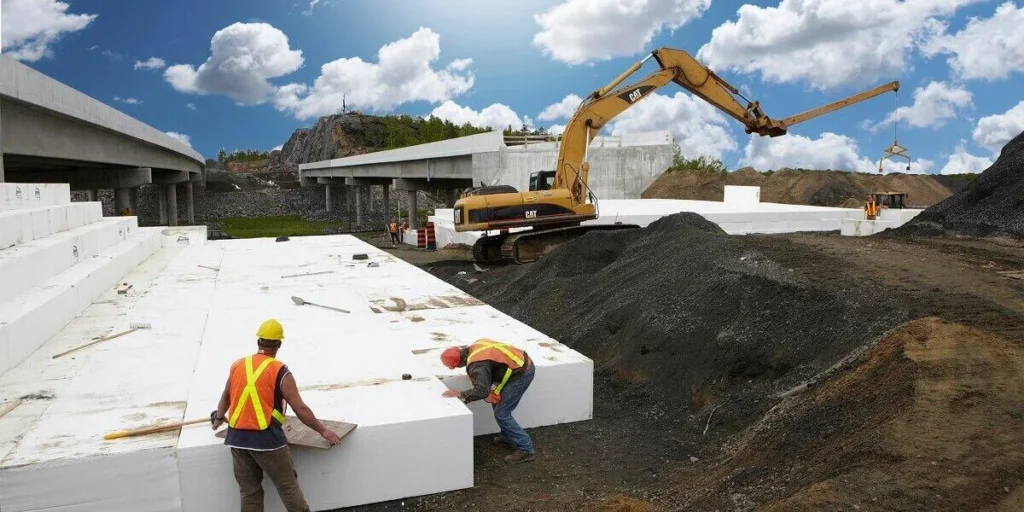
EPS foam is widely used as insulation in buildings to improve energy efficiency and maintain comfortable indoor temperatures. By considering its melting point, architects and builders can select EPS products that withstand the temperatures encountered during construction and the lifespan of the building.
Marine And Buoyancy Applications:

EPS foam is used in marine applications such as buoys, floating docks, and marine flotation devices. Understanding its melting point helps ensure that EPS components can withstand exposure to sunlight and heat while maintaining buoyancy and structural integrity.
Transportation:

The automotive and aerospace industries use EPS for its lightweight and insulating properties. Understanding its melting point ensures that EPS components in vehicles and aircraft can withstand the heat generated by engines and other mechanical systems.
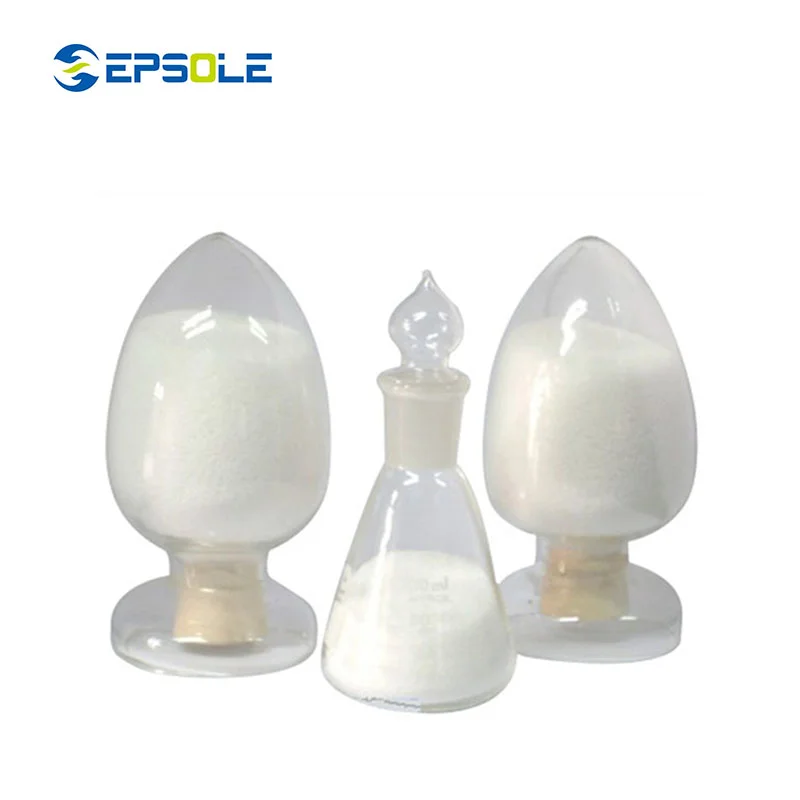


Conclusion
In exploring the melting point of Expanded Polystyrene (EPS) and its implications for heat resistance, we have delved into a critical aspect of this versatile material. Our investigation has shed light on the relationship between EPS melting point and its ability to withstand heat.
As we navigate a world where heat resistance is increasingly crucial, the study of EPS melting point offers a roadmap for informed decision-making and responsible use of this valuable material.
